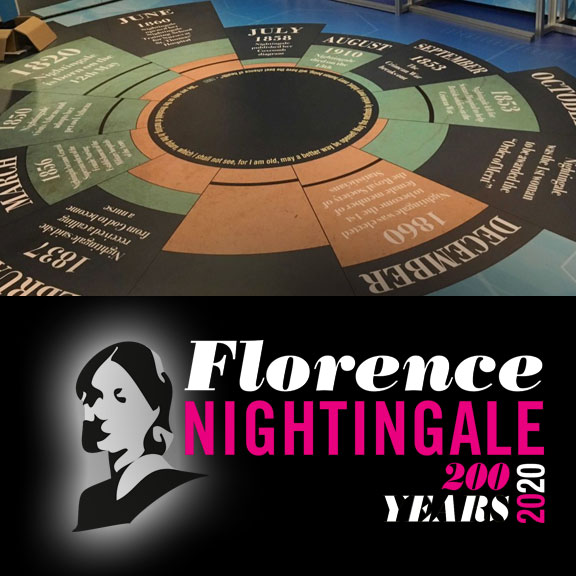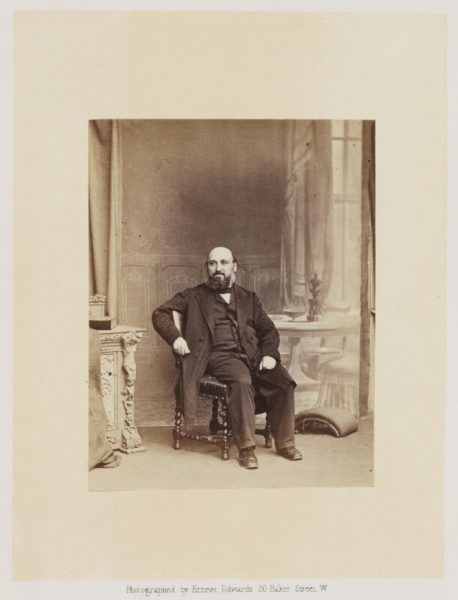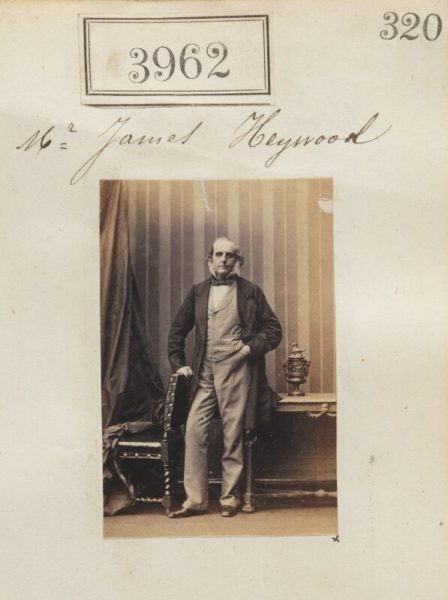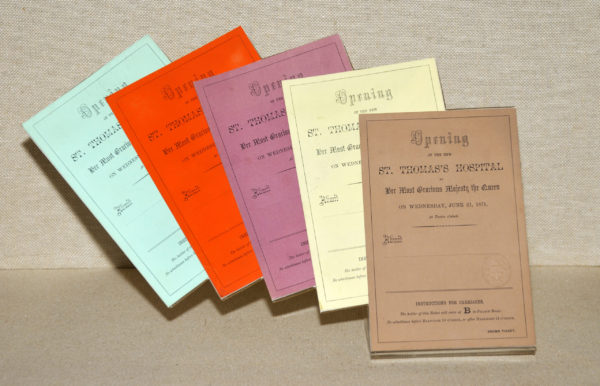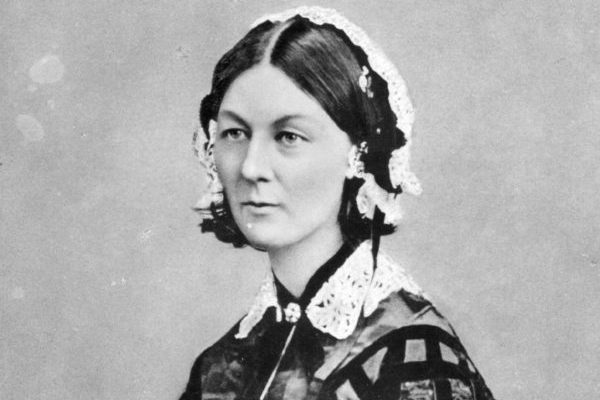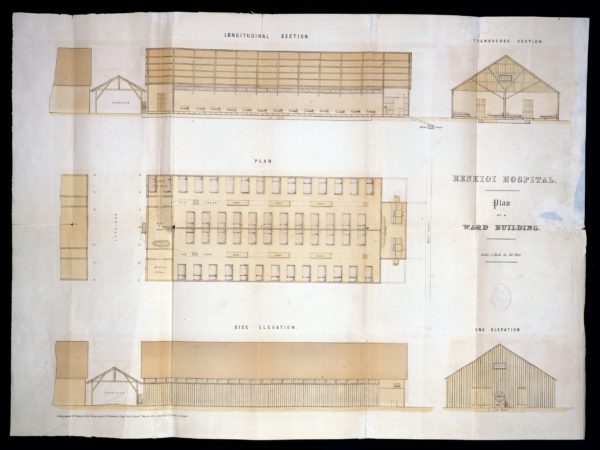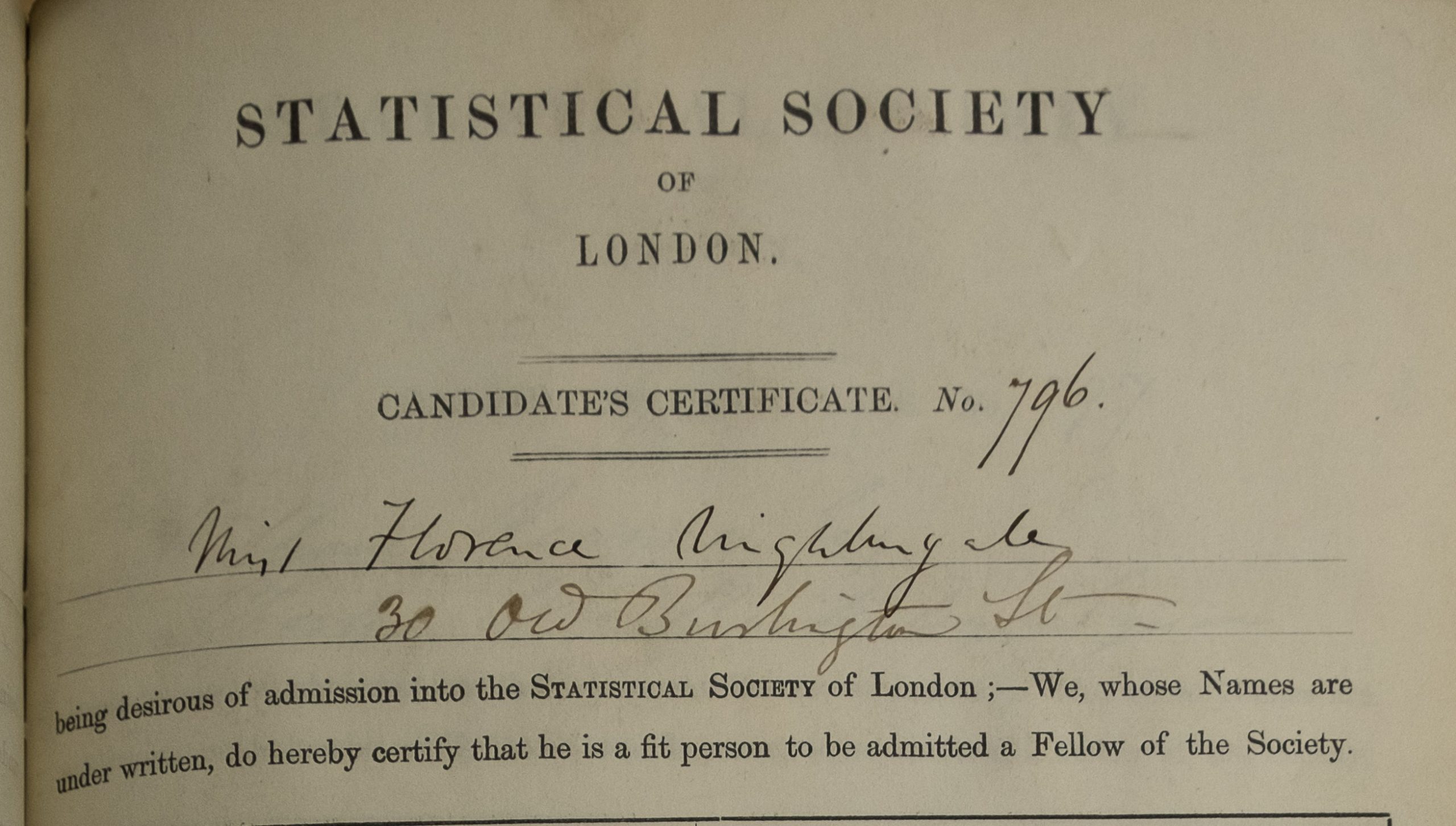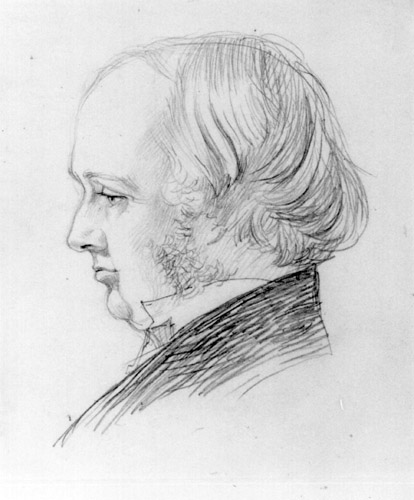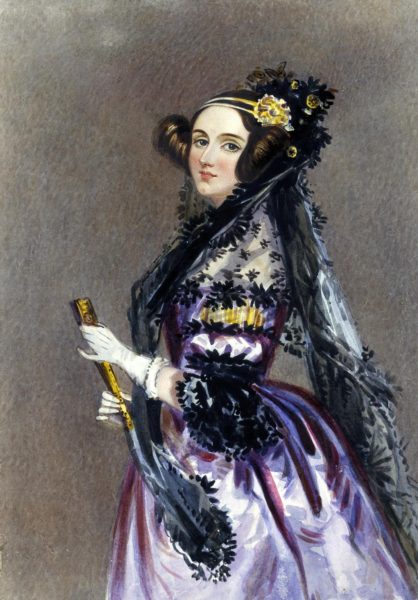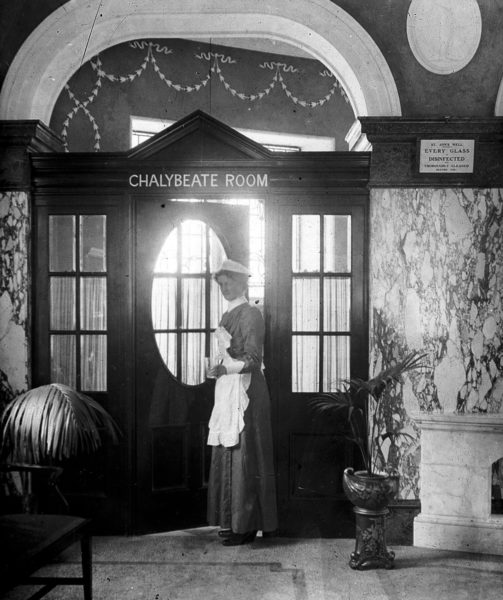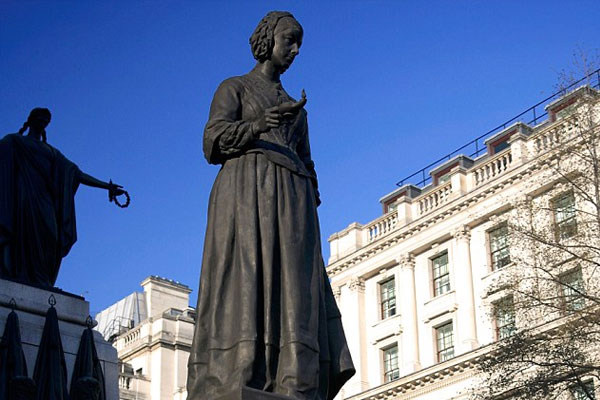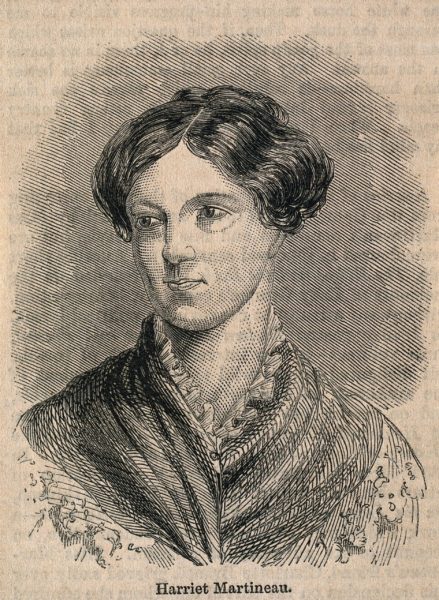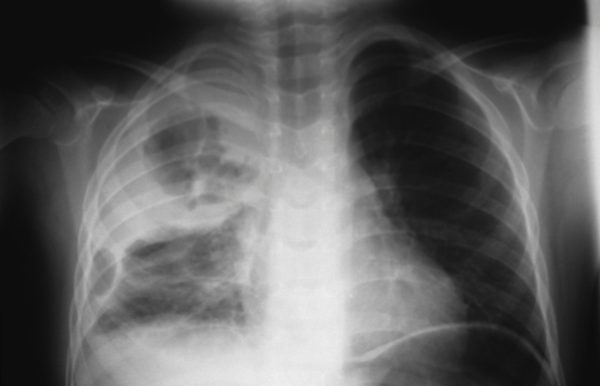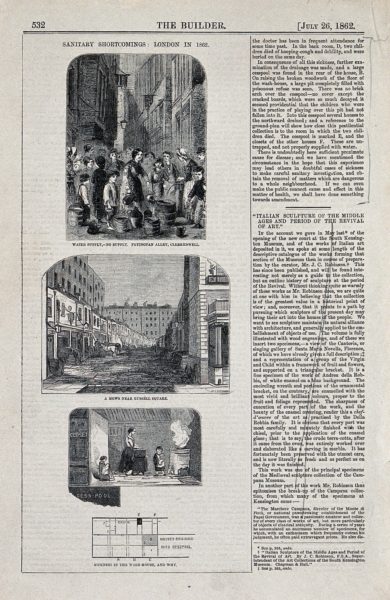Statistician & Evidence Based Healthcare
Florence in her own words:
Germ Theory
No. 148
Nightingale, like most Victorians, was raised to believe that diseases were caused by ‘miasma’ or foul air. However, over the course of her work, she came to accept the new idea of germ theory, which we still understand to be correct today. Writing in 1882 she said:
“always have chlorinated soda for nurses to wash their hands, especially after dressing or handling a suspicious case. It may destroy germs at the expense of the cuticle, but if it takes off the cuticle, it must be bad for the germs.”
Over the course of the nineteenth century microscope technology improved and enabled more people to see some of the microorganisms (also called pathogens or germs) which cause illness. This print shows a woman’s look of horror after she sees for the first time the germs in Thames river water.
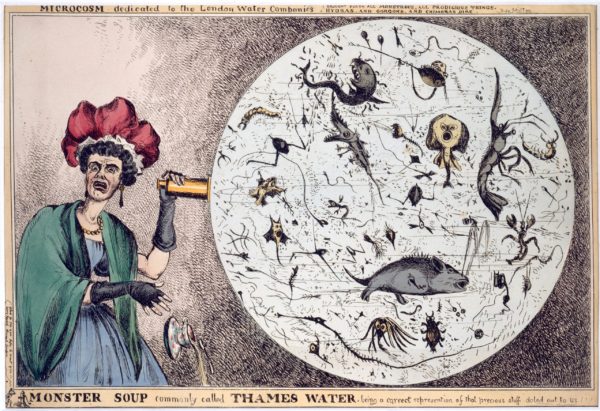
Engraving: ‘Monster Soup…’ by William Heath. Credit: Wellcome Collection. CC BY 4.0
Exhibits from ‘Statistician & Evidence Based Healthcare’
Discover the 200 Exhibits
Nightingale is respected worldwide for her pioneering role in developing the nursing profession, her statistical work, and her evidence-based approach to healthcare. In honour of her bicentenary the World Health Organisation have named 2020 the Year of the Nurse and Midwife.
In our special exhibition, you will find out about objects, people and places which tell interesting stories about Florence’s life and legacy. You’ll discover artefacts from her life, people she both inspired and challenged, and places she helped to shape. There’s many more insights too!
Please click on the different sections of her famous coxcomb diagram to explore various aspects of her life and legacy. We hope you enjoy exploring!

